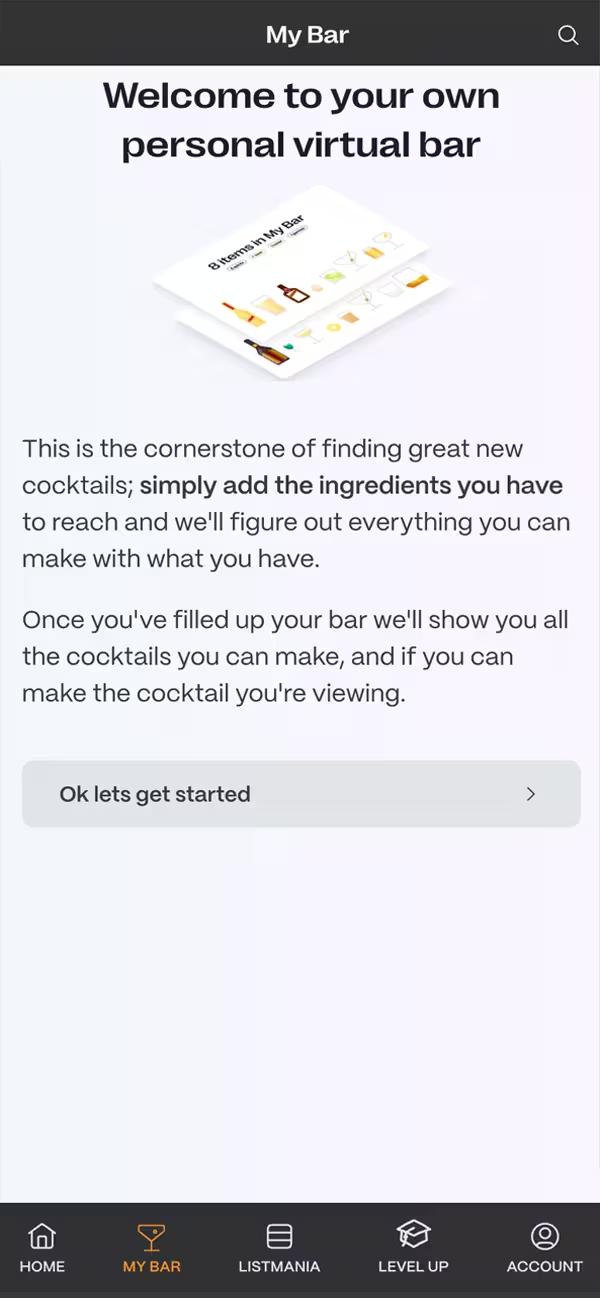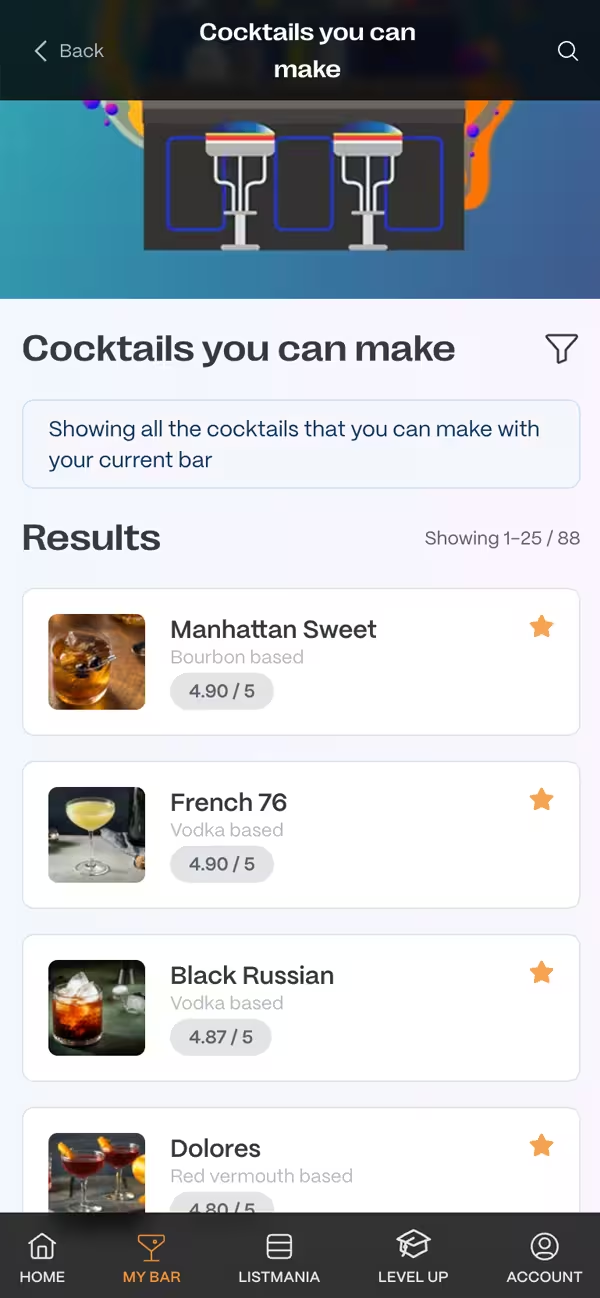A Brief Explanation of Prohibition (And Why It Was So Good for the Cocktail World!)
Jump to
When you think of the 1920s, you probably have visions of men in suits, and girls in flapper dresses with long gloves, long necklaces, long cigarettes, and lots of feathers! The decade is iconic for lots of reasons – not least because it was the birth era of lots of our favourite cocktails! But it was also a time of prohibition when the sale of alcohol was banned, and temperance was actively encouraged.
What Was Prohibition?
The origins of prohibition actually began in Massachusetts in 1838, when a law was passed
banning the sale of alcohol in small measures. This was reversed in 1940, but
then a similar law came into force in Maine in 1846. This was made stricter a
couple of years later, and a few other states passed their own laws using
religion as their motivation.
There was a lot of support for limiting alcohol. Many religious societies backed it, as did factory owners and lots of women’s groups, who had all seen the negative effects on trade and family life.
Prohibition became more widespread during World War I. In 1919, the 18th
amendment banned the entire US from making, selling, and transporting alcohol.
It was strictly enforced throughout the country, so those who wanted to enjoy a
social drink had to get inventive.
The Rise of Bootlegging
One way or another, booze was still smuggled into the country, mostly through organized gangs. This
alcohol was sold to secret bars, nightclubs, and stores called speakeasies.
These were disguised as shops, restaurants, and homes, in order to fool law
enforcers. At the same time, people began creating their own moonshine at home,
which led to a rise in hospital admissions.
The extortionate price of alcohol limited it to the middle and upper classes. And the demand led to a high rise in crime, including gang violence. Restaurants that kept to prohibition rules ended up closing down as their profits waned. Support for prohibition began to decline while national income from taxes shrank.
And when the Great Depression hit, there was a greater call for the end of prohibition.
In 1933, the national ban ended.
More Cocktails Please!
As you might imagine, smuggling alcohol was a risky business, so the quality wasn’t always the best. This meant bartenders had to get creative with their drinks to continue to attract a clientele. Some of the most famous creations include the Sidecar, the Mojito, the Mary Pickford, and the Tom Collins.
Pardon the interruption
Did you know that you can become a member for free, taking your cocktail making skills up to level 11. You can save your My Bar ingredients, make tasting notes, have personalised Tried and Want to try lists and more.
Highball glass
Microbadges
<p>The Tom Collins is a classic cocktail with a refreshing, effervescent quality that has stood the test of time. Traditionally served in a highball glass, this cocktail beautifully balances the tartness of lemon juice with the botanical notes of gin, smoothed out by the sweetness of sugar syrup.</p><p>The soda water adds a lively sparkle, making the Tom Collins a perennial favorite, especially during the warm summer months. Its garnish, typically a maraschino cherry and a lemon slice, not only adds to the visual appeal but also provides subtle complementary flavors.</p><p>The drink's enduring popularity is owed to its crisp, invigorating taste and simple yet sophisticated mix of ingredients.</p>
Ingredients
Method
How to make a Tom Collins
-
- Add all the ingredients except the soda into a highball glass with ice
-
- Stir and top up with the soda
-
- Garnish with a maraschino cherry and a lemon slice and serve
Cocktail glass
Microbadges
<p>The Mary Pickford cocktail is a classic concoction named after the famed silent film actress of the early 20th century. A delightful blend of sweet and tropical flavors, it features a mixture of pineapple juice and white rum as its base, accented with the rich sweetness of grenadine and a hint of maraschino cherry juice.</p><p>This pleasantly sweet cocktail is typically served in a chic cocktail glass, embodying the glamour and sophistication of Hollywood's golden era. Its alluring combination of ingredients creates a refreshing and visually appealing drink that's both timeless and celebratory.</p>
Ingredients
Method
How to make a Mary Pickford
-
- Add all ingredients to a cocktail shaker with ice
-
- Shake well for 10-15 seconds or until the outside of the shaker becomes frosted
-
- Strain into a chilled cocktail glass and serve
Highball glass
Microbadges
<p>The Mojito is a classic Cuban cocktail that has gained worldwide popularity for its refreshing qualities. It features a tantalizing mix of crisp lime juice, aromatic mint leaves, and the smoothness of white rum, all balanced with a touch of sugar for sweetness.</p><p>These ingredients are complemented by the effervescence of soda water, making the Mojito an invigorating and light beverage. Traditionally served in a highball glass, this cocktail offers a balance of citrus and herbal flavors with a cool, minty finish, making it particularly enjoyable on warm days or as an uplifting pre-dinner drink.</p>
Ingredients
Method
How to make a Mojito
-
- In the bottom of a highball glass, muddle the mint leaves with the sugar and lime juice to release the oils from the mint leaves
-
- Next add a splash of soda water and fill up the glass with crushed ice
-
- Add the rum, top up with the soda water and give it a stir
-
- Garnish with a sprig of mint and a slice of lime and serve
Cocktail glass
Microbadges
<p>The Sidecar is a classic cocktail steeped in history, believed to have been invented around the end of World War I in either London or Paris. The Sidecar strikes a balance between the robust warmth of cognac and the sharp, citrus notes provided by freshly squeezed lemon juice, complemented by a touch of sweetness and complexity from the triple sec.</p><p>Traditionally served in a chilled cocktail glass, the drink's presentation is elegant and timeless. Its flavor profile is a harmonious blend of tart and sweet, making it a sophisticated choice for a before-dinner aperitif.</p><p>The Sidecar remains a favored choice among those who appreciate classic cocktails with an illustrious past.</p>
Ingredients
Method
How to make a Sidecar
-
- Add all the ingredients into a cocktail shaker with ice and shake well until the outside of the shaker becomes frosted
-
- Strain into a chilled cocktail glass and serve
These cocktails retained their popularity even after prohibition, gaining their place
as classic cocktails that we still love today!
Filed with tags
Related posts
The History of the Bellini
There is something quite fancy and decadent about the Bellini. It feels a little bit more special than your standard classic cocktail and takes the edge off a dry glass of Prosecco. Fruity, yet fizzy,... read more
The History of the Zombie Cocktail
With Halloween fast approaching, this classic cocktail seems like an obvious choice for any spooky shenanigans you may be planning! The Zombie is a somewhat complicated, yet tantalizingly delicious, b... read more
The History of the Bloody Mary Cocktail
The Bloody Mary cocktail has undergone something of a revival of late. Touted as the ultimate hangover cure, this classic concoction is infamous for its potent mix of flavors and its ability to mask t... read more
Subscribe to our Newsletter
Get tips straight into your inbox.
Upgrade your mixology
Become a member for free taking your cocktail making skills up to level 11. Or become a premium member to rise to cocktail greatness.
- Save your bar forever
- Access to our Cocktail Creator, allowing you to create your own wonderful concoctions.
- Create personalised cocktail menus for all your events, bars or parties
- Save cocktails to personalised 'Tried' and 'Want to try' lists
- Create and record tasting notes on cocktails
- Create lists of cocktails to share with friends and family
- A personalised MyBar URL, allowing you to share everything you can make with friends
- And much more ... (what to buy next, measurement choices, search personalisation...)
Have you tried our Wordpress Plugin?
Download our plugin and embed cocktail recipes directly onto your own site or blog.
Choose from our whole recipe database, or choose a specific cocktail made with a certain ingredient, and let us place a beautiful recipe on your own site.
Find out more



